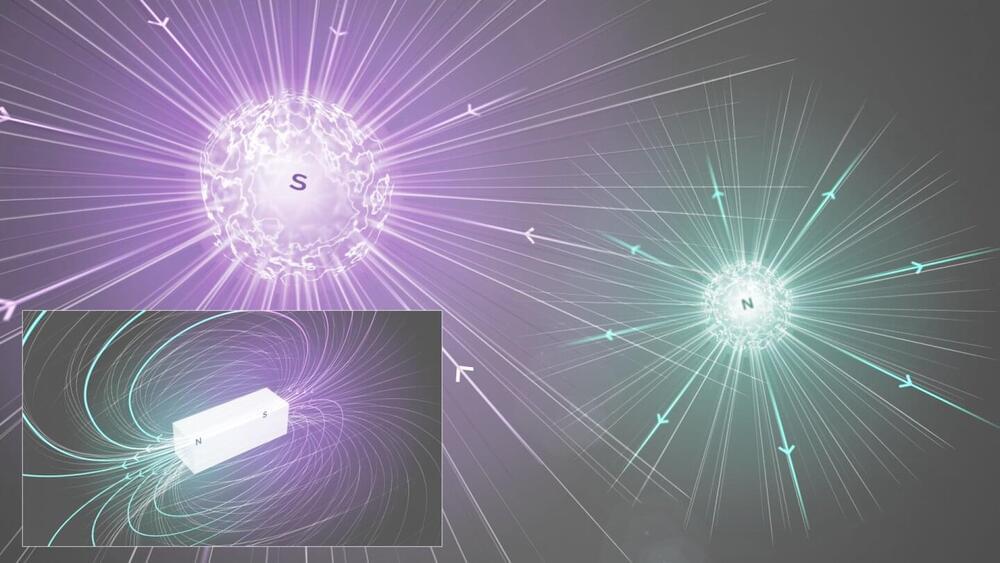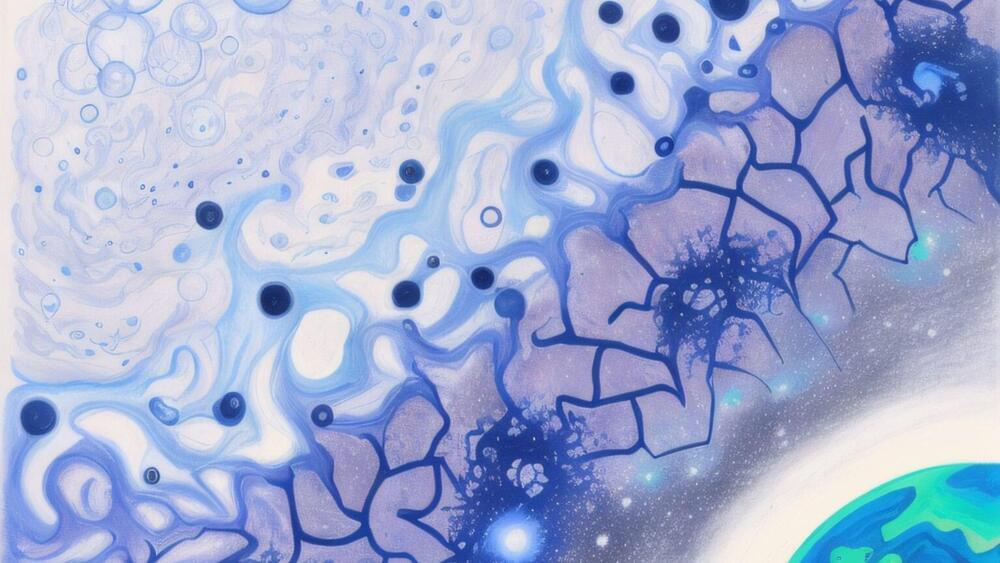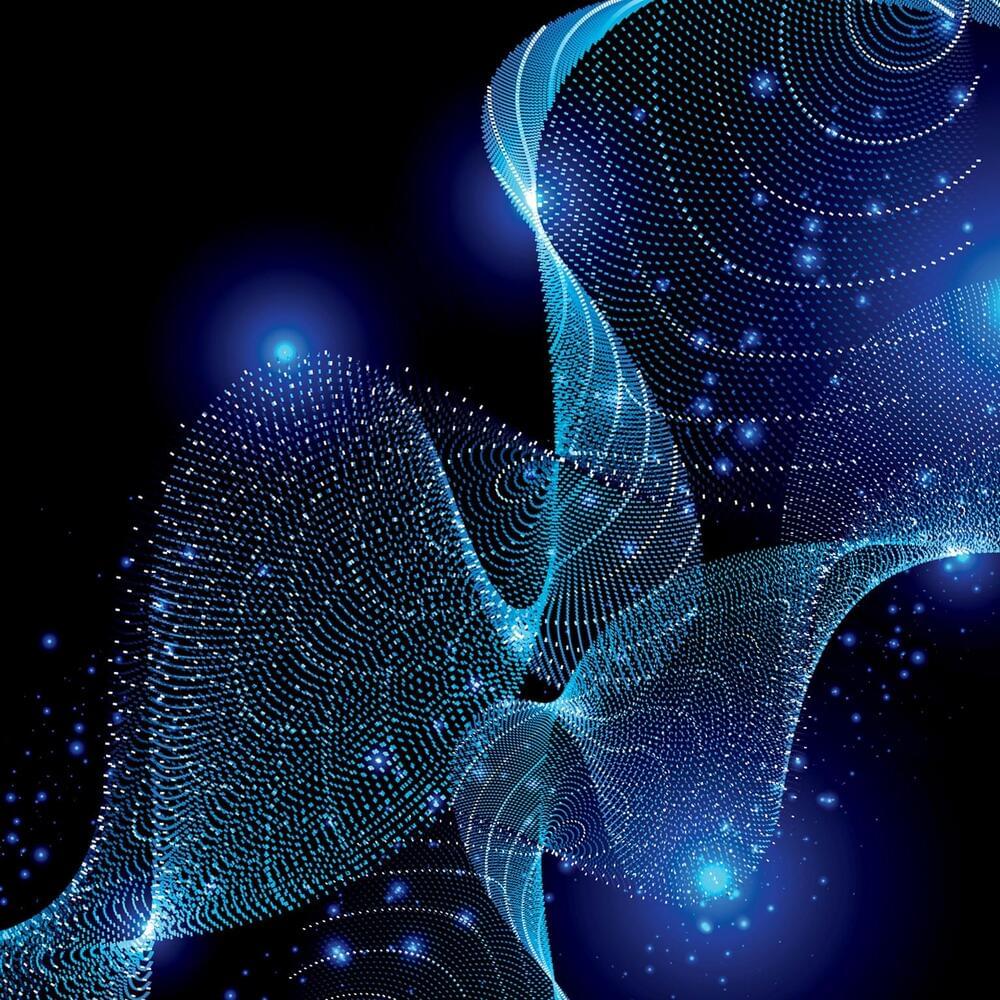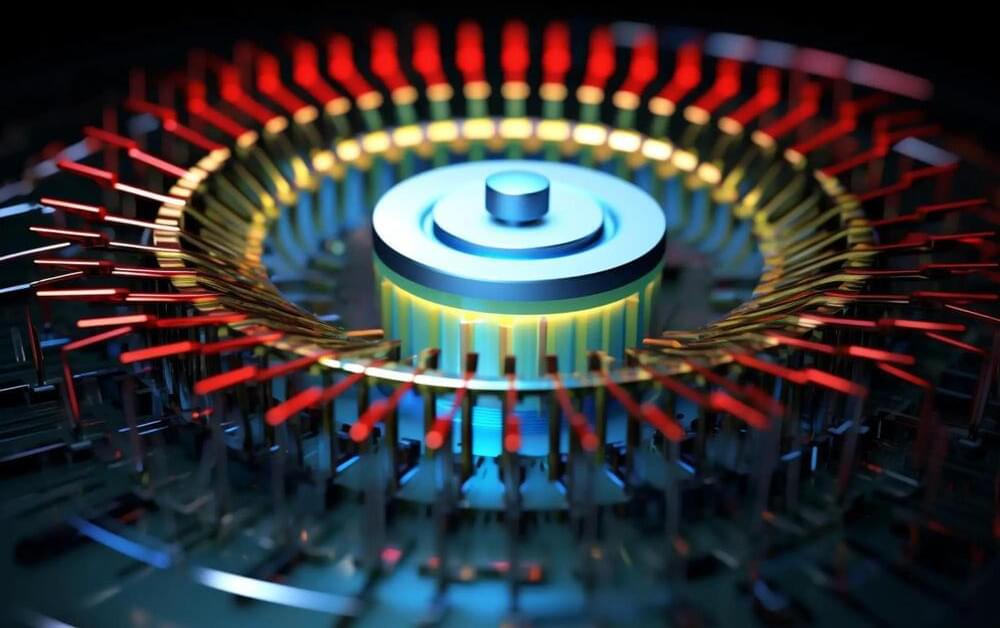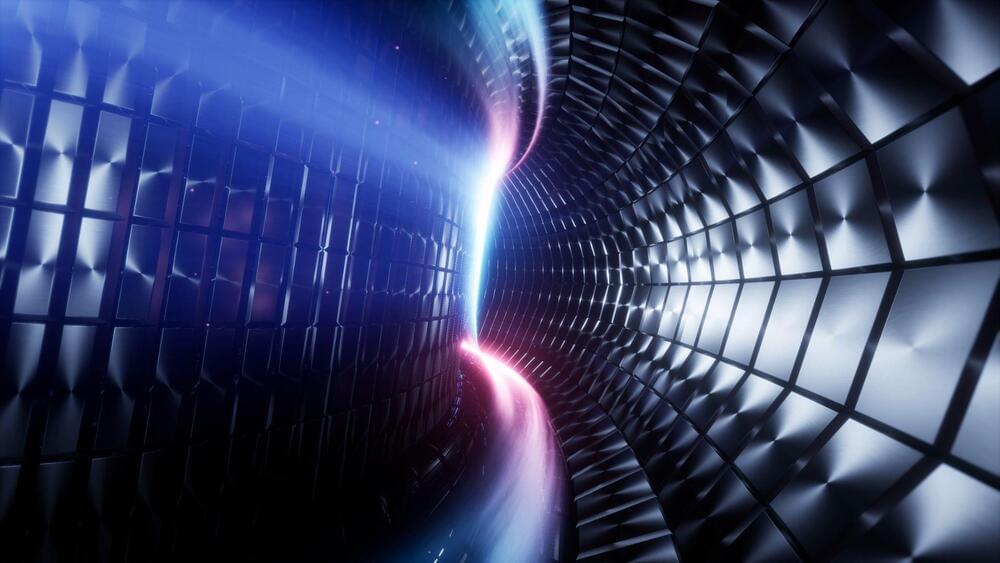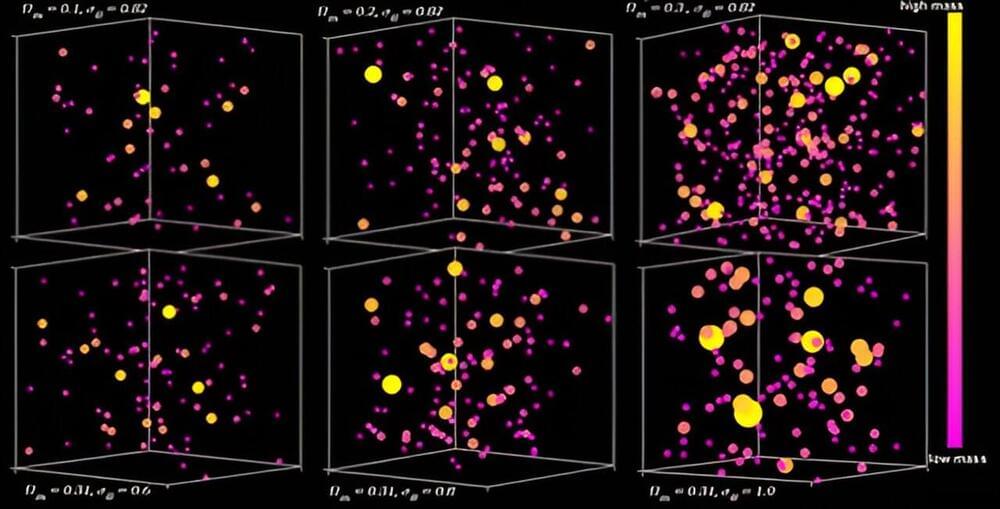Sep 17, 2023
ATLAS experiment places some of the tightest limits yet on magnetic monopoles
Posted by Saúl Morales Rodriguéz in categories: particle physics, quantum physics
Magnets, those everyday objects we stick to our fridges, all share a unique characteristic: they always have both a north and a south pole. Even if you tried breaking a magnet in half, the poles would not separate—you would only get two smaller dipole magnets. But what if a particle could have a single pole with a magnetic charge?
For over a century, physicists have been searching for such magnetic monopoles. A new study on the preprint server arXiv from the ATLAS collaboration at the Large Hadron Collider (LHC) places new limits on these hypothetical particles, adding new clues for the continuing search.
In 1931, physicist Paul Dirac proved that the existence of magnetic monopoles would be consistent with quantum mechanics and require—as has been observed—the quantization of the electric charge. In the 1970s, magnetic monopoles were also predicted by new theories attempting to unify all the fundamental forces of nature, inspiring physicist Joseph Polchinski to claim that their existence was “one of the safest bets that one can make about physics not yet seen.” Magnetic monopoles might have been present in the early universe but diluted to an unnoticeably tiny density during the early exponential expansion phase known as cosmic inflation.
